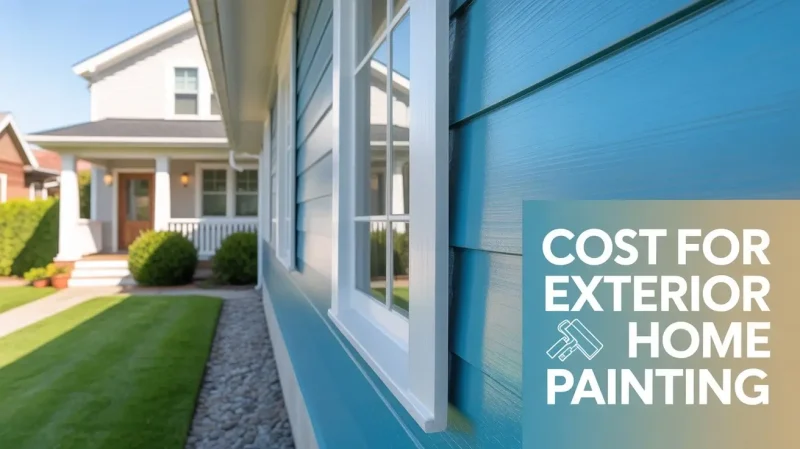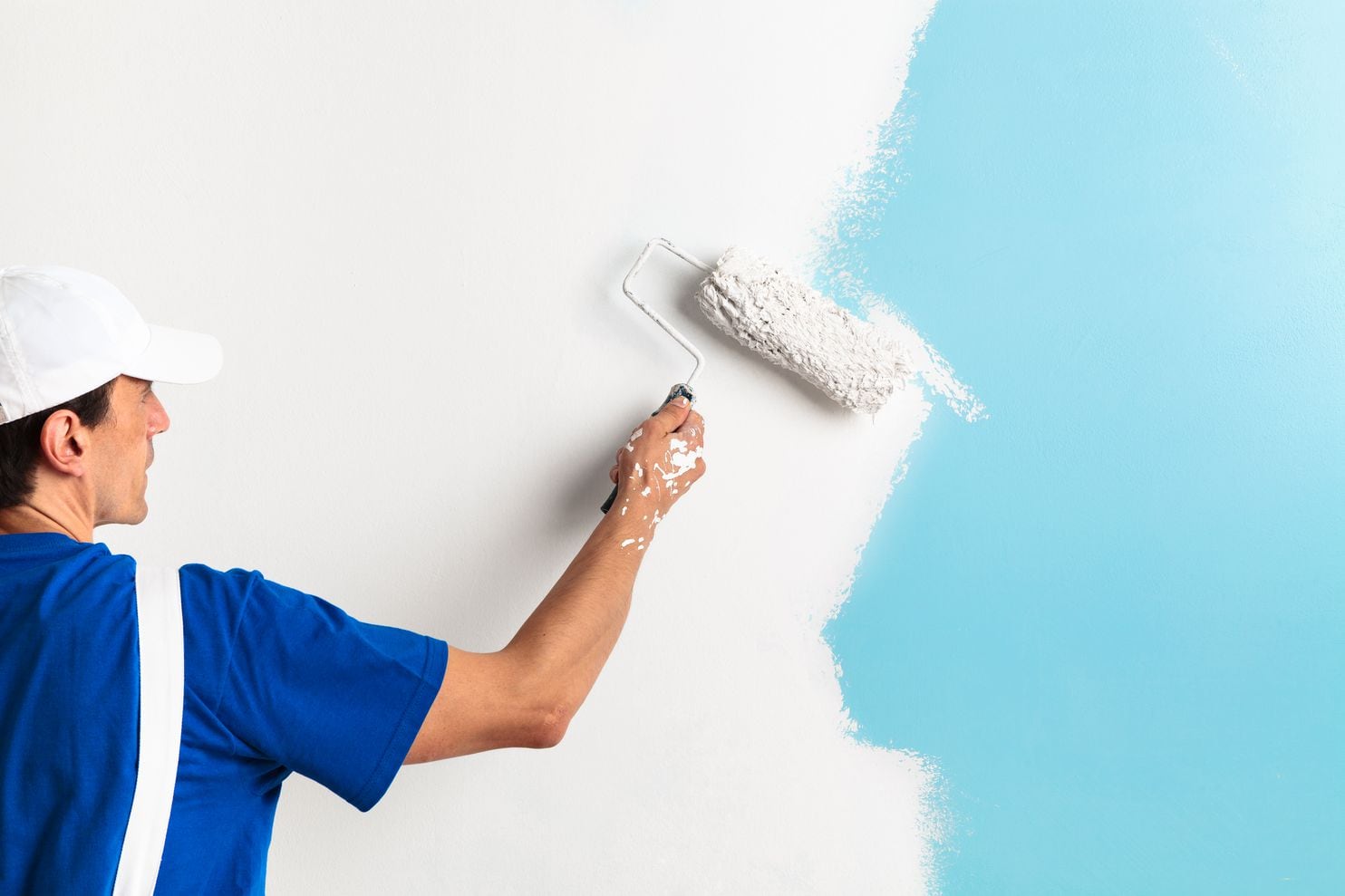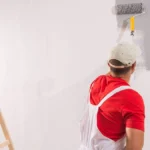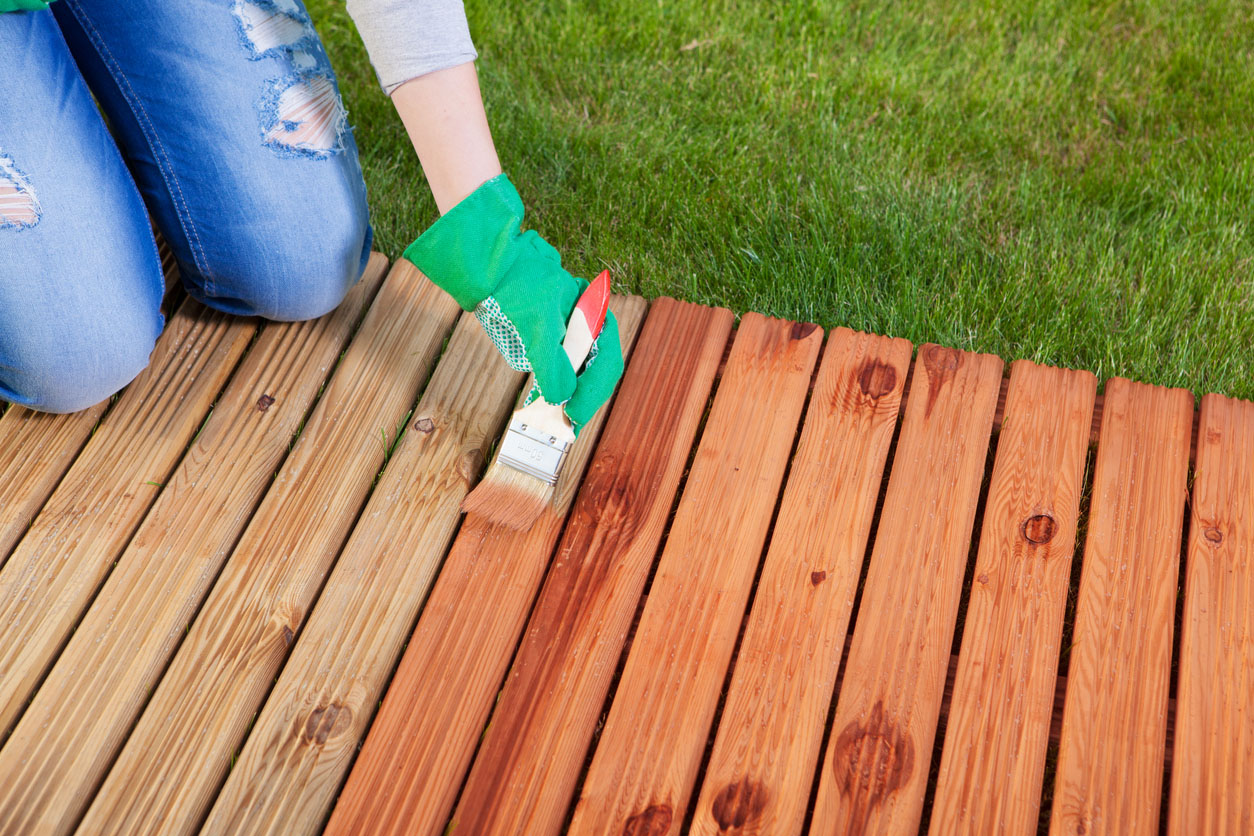Are you planning to refresh your home’s exterior but wondering about the cost for exterior home painting? Whether it’s a single-story cottage or a multi-story luxury home, understanding the pricing factors is key to budgeting properly. In this guide, I’ll walk you through average costs, factors that affect pricing, and tips to save money while maintaining a stunning finish. I’ll even share a real-life case study to illustrate how costs can vary depending on your home and project requirements.
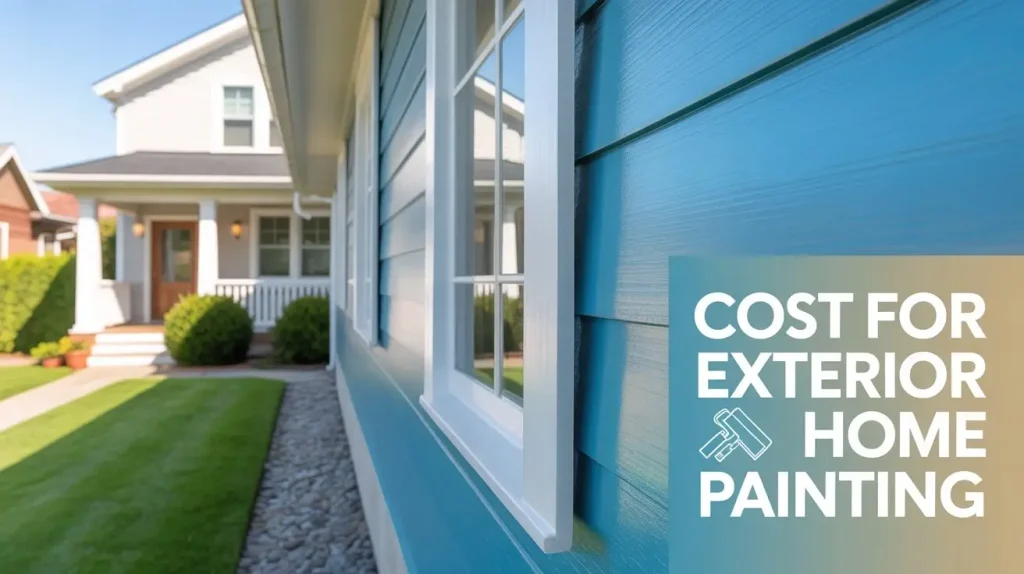
Content
Why Knowing Exterior Painting Costs Matters
Choosing the right commercial painting contractor is more than just about looks. A quality paint job protects your property from harsh weather, boosts curb appeal, and can even raise its overall value. However, without a clear understanding of exterior house painting prices, it’s easy to overspend or end up with poor-quality results. Knowing the average costs helps you plan your budget wisely, select durable materials, and hire a professional contractor with confidence.
Factors That Affect the Cost for Exterior Home Painting
Several factors affect how much your exterior painting project will cost. When working with a professional painting contractor, here’s what you should consider:
1. Surface Type and Material
The type of exterior surface has a big impact on pricing:
- Wood siding: Requires sanding, priming, and painting; moderate cost.
- Brick or stone: Often needs specialized primers and finishes; higher cost.
- Stucco: Smooth surfaces are easier, textured surfaces may increase labor time.
2. Home Size and Complexity
A larger home naturally costs more to paint. Multi-story homes, irregular rooflines, and intricate trim details all add labor and materials costs.
3. Paint Quality and Finish
High-quality paints last longer and resist weather better. Premium finishes, like satin or semi-gloss, may cost slightly more but reduce future maintenance expenses.
4. Preparation and Repairs
Exterior painting isn’t just slapping on a fresh coat. Repairs, power washing, scraping old paint, or replacing damaged trim can significantly affect the painting of a house outside cost.
5. Labor Costs
Professional painters bring expertise and efficiency. Labor rates vary by region but typically account for 60–70% of total costs. Hiring licensed painters ensures proper technique, better longevity, and fewer callbacks.
Average Cost Estimates
Here’s a general overview of what homeowners can expect:
| Project Type | Average Cost |
| Small single-story home | $1,500 – $3,500 |
| Medium single-story home | $3,500 – $6,000 |
| Two-story home | $6,000 – $10,000+ |
| Large multi-story home with detailed trim | $10,000 – $20,000+ |
These ranges include materials, labor, and standard prep work. For a more precise estimate, factors like your home’s material, local labor rates, and desired paint quality must be considered.
Tips for Budgeting Exterior Painting
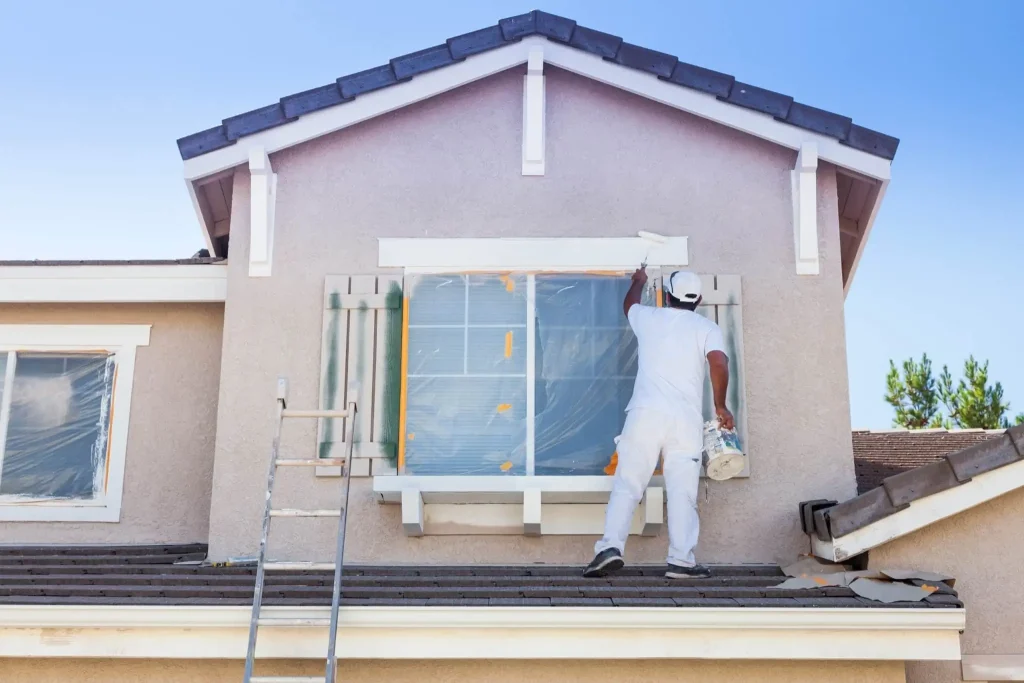
- Get Multiple Quotes
Request estimates from at least 3 professional painters to understand local pricing and services offered. - Consider DIY Carefully
While some homeowners save money by painting themselves, remember the time, effort, and potential for mistakes that could increase costs long-term. - Focus on Longevity
Investing in quality paint and prep work can save money in the long run by reducing the need for frequent repainting. - Plan Around Weather
Painting during mild, dry months reduces the chance of delays or finish issues, helping avoid costly touch-ups.
Real-Life Case Study: Transforming a Medium-Size Home
Last year, a client in my neighborhood wanted to refresh their 1,800 sq. ft. home. They were concerned about the cost to paint home siding but wanted a durable, beautiful finish.
Here’s what we did:
- Choose high-quality exterior paint with a satin finish.
- Power-washed and repaired minor wood damage.
- Hired a professional team for two full days of painting.
Outcome:
- Total project cost: $4,500
- Home looked refreshed and modern
- The siding was protected against harsh sun and rain
- The homeowners reported a noticeable boost in curb appeal
This project highlights how careful planning and professional work can make the cost for exterior home painting worthwhile.
Preventive Tips to Reduce Future Painting Costs
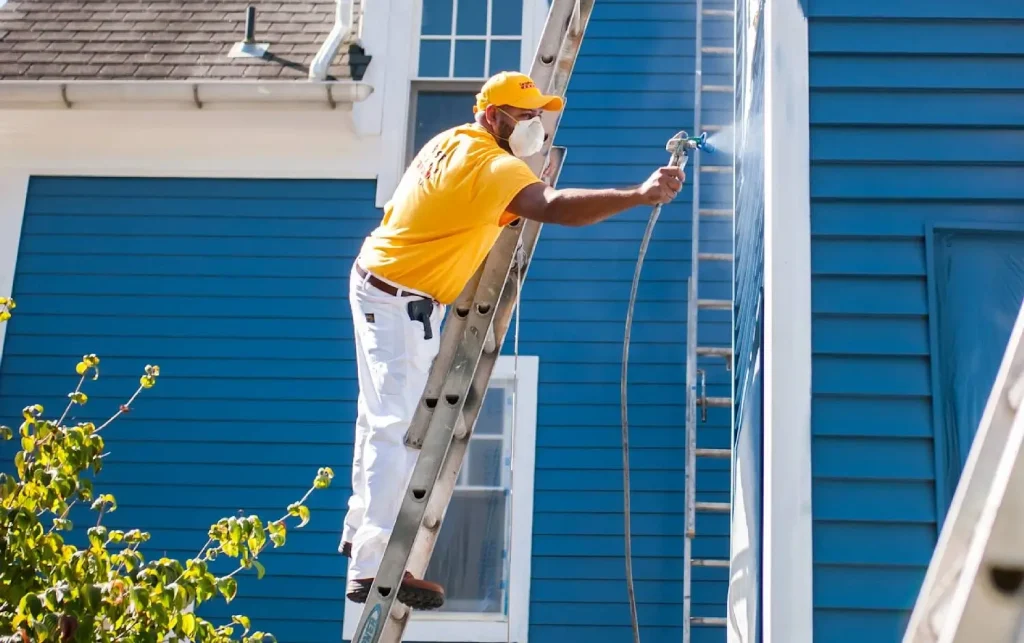
- Inspect your home annually for peeling paint or cracks.
- Clean surfaces regularly to prevent buildup of dirt and mildew.
- Repaint trim areas or exposed wood every 3–5 years to avoid major repairs later.
Conclusion:
Understanding the cost for exterior home painting helps homeowners plan effectively, select quality materials, and hire reliable professionals. While prices vary depending on home size, surface, and labor, investing in proper painting ensures long-term protection and enhances the beauty of your property.
From my experience as a home decor enthusiast, well-maintained exteriors not only protect your home but also elevate its overall look and feel. So, whether you’re tackling a small update or a full exterior makeover, budget wisely, hire trusted painters, and enjoy a stunning, durable finish.
FAQs About Cost for Exterior Home Painting:
Q1: Can you paint the outside of a house in September?
Yes! September is ideal in many regions; temperatures are mild, humidity is lower, and paint dries evenly. Avoid rainy or very cold days.
Q2: Should I paint over old exterior paint?
Yes, but prep is key. Clean the surface, sand peeling areas, and apply primer if needed to ensure a smooth, long-lasting finish.
Q3: What time of year is exterior paint the cheapest?
Late fall and winter often offer lower paint prices and contractor discounts, though weather may limit DIY or professional work.
Q4: Is it better to brush or roll exterior paint for the best results?
Rolling is faster and ideal for large, flat surfaces, while brushing works best for edges, corners, and detailed trim for a smooth finish.

Eileen is a home blogger who loves to share her experiences with others. She likes being motivated and encourages people to be the best they can be.
